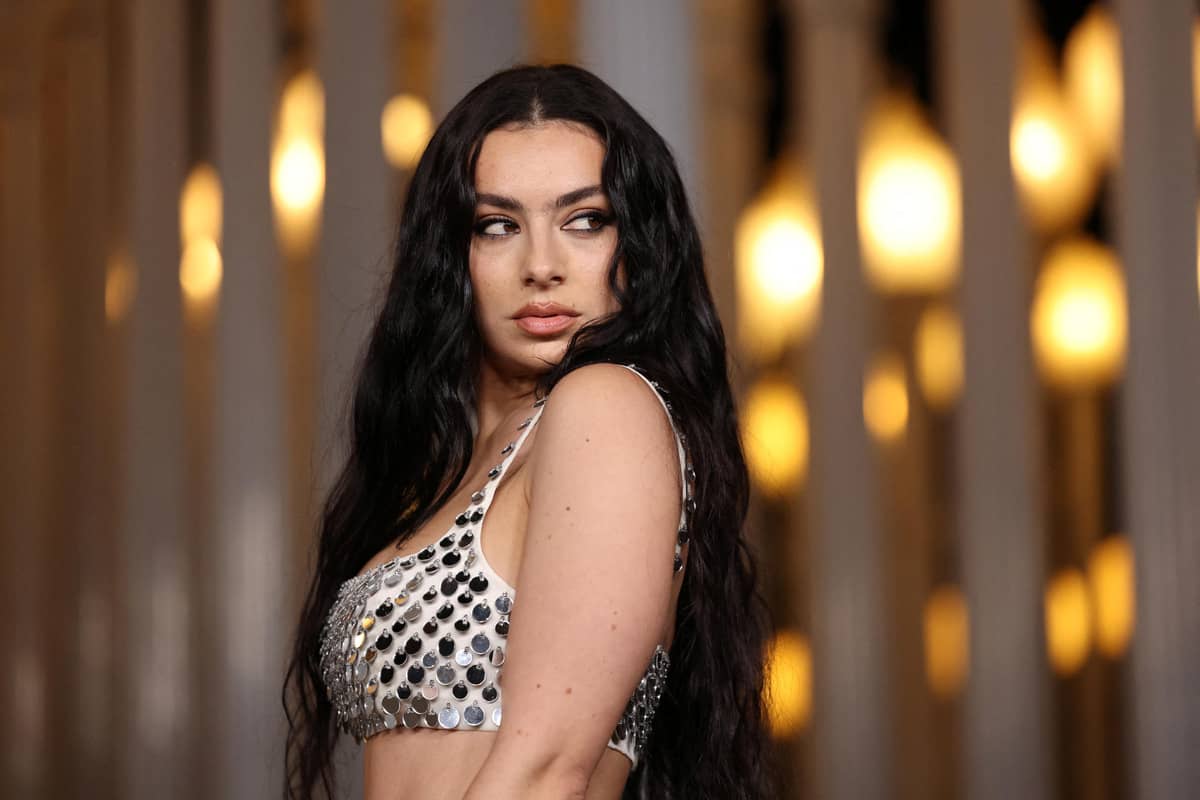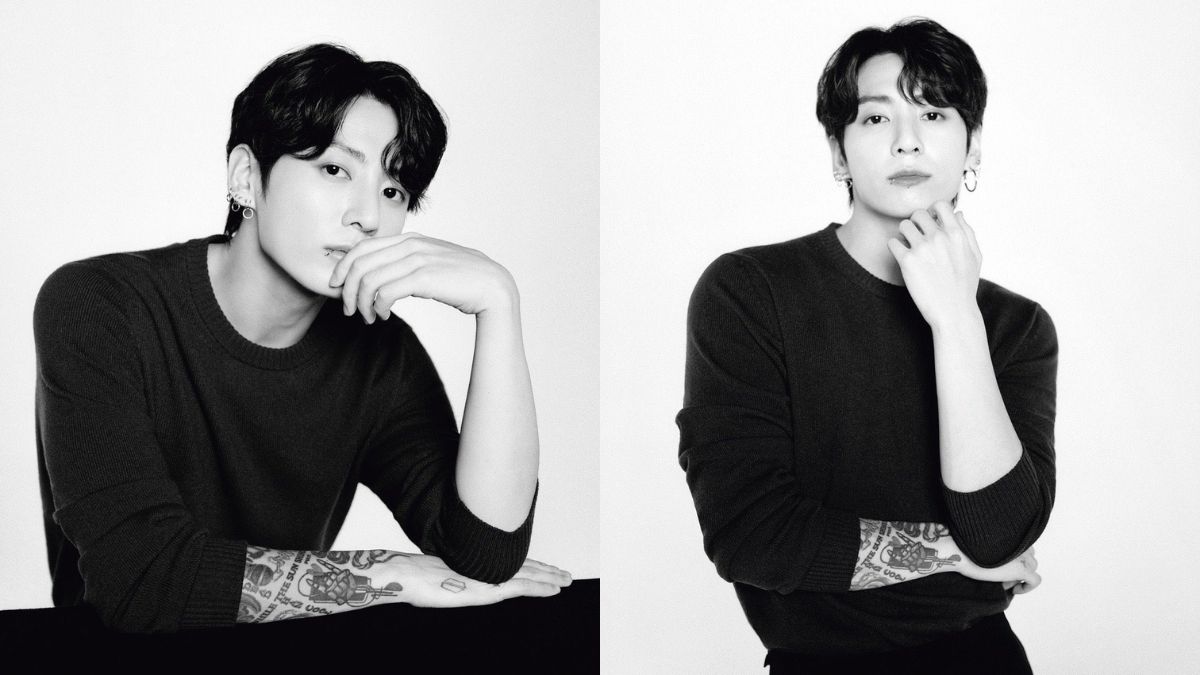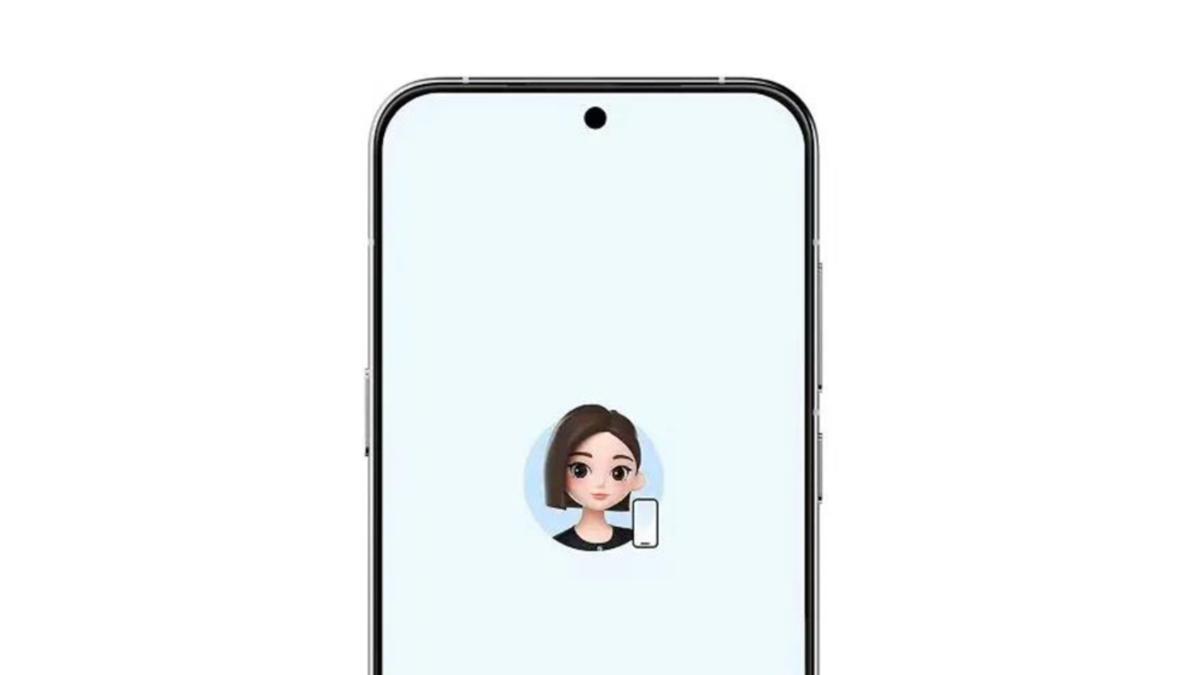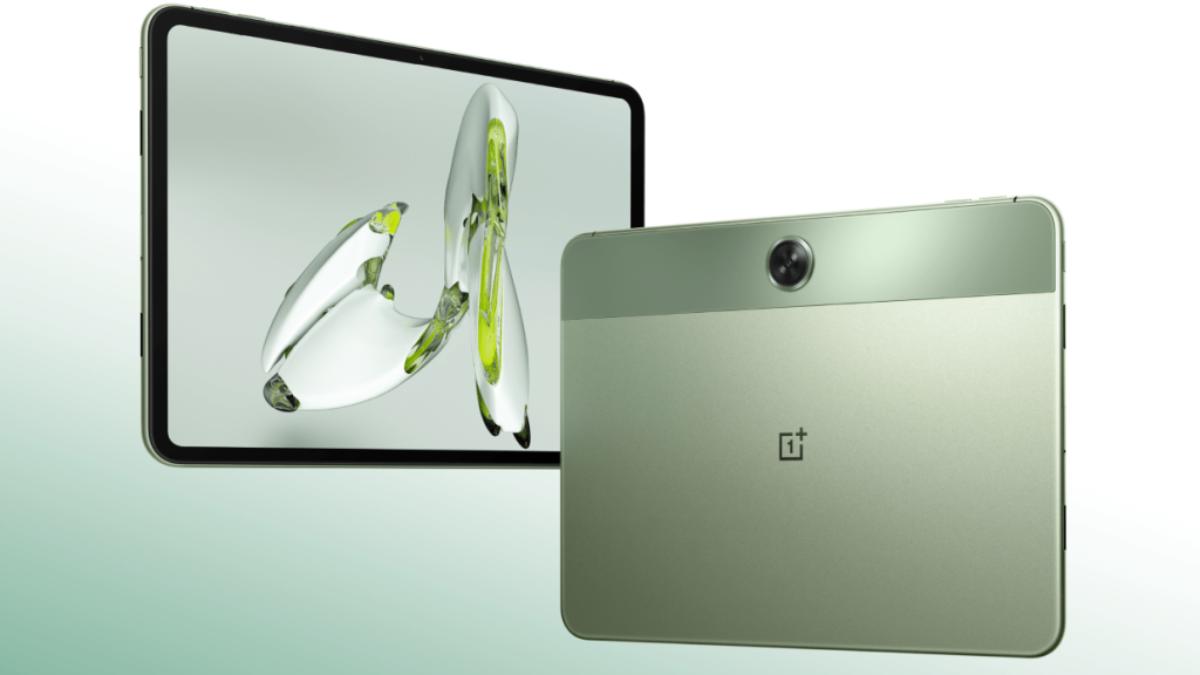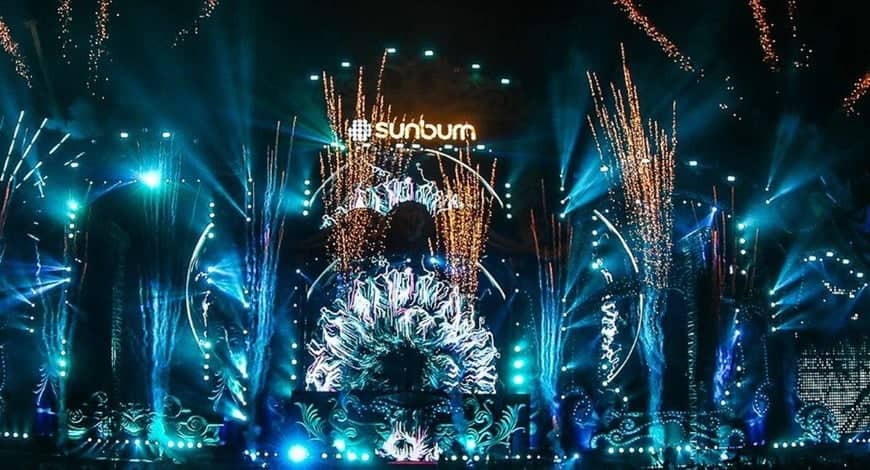Hyperpop is not your average pop music. It’s louder, weirder, and unapologetically chaotic. Born in the early 2010s in the UK, hyperpop is a genre and movement that blends electronic, rock, hip-hop, and dance into one explosive sound. It embraces everything exaggerated, from heavily Auto-Tuned vocals to over-the-top beats and glitchy, internet-inspired visuals.
At its core, hyperpop is a rebellion against the clean, polished image of mainstream pop. It takes the familiar and pushes it to the extreme—distorting sounds, warping voices, and layering bright synths over booming basslines. The result is a genre that feels both futuristic and nostalgic, like a hyperactive remix of early 2000s internet culture.
What Does Hyperpop Sound Like?
Hyperpop’s sound is easy to recognize but hard to define. Songs often come with:
- Pitch-shifted, robotic vocals that bounce between high-pitched and low-growled tones.
- Over-compressed beats that hit like a digital wall of sound.
- Glitchy percussion and metallic synths that create a fast, chaotic rhythm.
- Melodies that sound cute and playful, but paired with heavy, distorted bass and emotional lyrics.
- Internet and meme culture references layered into the music and visuals.
The genre thrives on contradiction. It mixes sweetness with aggression, digital perfection with emotional rawness, and pop polish with punk attitude.
Where Did Hyperpop Come From?
The genre’s roots trace back to PC Music, a UK-based label founded by producer A. G. Cook. Artists like SOPHIE and Charli XCX helped shape the early sound, especially with Charli’s Vroom Vroom EP produced by SOPHIE. Their work introduced a new kind of pop—bold, bizarre, and deeply self-aware.
But it wasn’t until 2019 that the term “hyperpop” took off. Spotify created a playlist with that name, curating songs by artists like 100 gecs, Cookii, and Glaive. The playlist turned into a movement, gaining momentum during the pandemic thanks to TikTok, where teens and Gen Z creators embraced its quirky energy and DIY aesthetic.
Who Are the Key Artists?
Some of the genre’s most influential names include:
- SOPHIE – A pioneer whose experimental sound changed the direction of pop.
- Charli XCX – A mainstream artist who dove deep into hyperpop’s underground.
- 100 gecs – Known for chaotic, genre-mashing songs like “Money Machine.”
- Glaive, ericdoa, and Brakence – Newer voices blending hyperpop with emo, punk, and rap.
Other standout tracks include:
- “#BrooklynBloodPop!” by SyKo
- “love yourself (spend forever)” by Cookii
- “Every Night” by Hannah Diamond
These songs showcase hyperpop’s mix of intensity, humor, and raw emotion.
Why Does Hyperpop Matter?
Hyperpop isn’t just a genre—it’s a community. It has become a safe space for LGBTQ+ artists and fans, offering freedom of expression through music and aesthetics. Much like punk in the 1970s, hyperpop is messy, loud, and defiantly different.
Even as some artists distance themselves from the label, hyperpop’s influence is everywhere. Its sound has trickled into mainstream pop, reshaping how hits are produced. It’s made weirdness cool again and opened the door for more experimental, genre-bending music to thrive.
Final Thoughts
Hyperpop is more than a passing trend. It’s a cultural shift that embraces the chaos of the internet age. With its glitchy beats, playful visuals, and inclusive spirit, it reflects a generation that doesn’t want to fit into a box—and instead builds its own digital world of sound.
Whether you’re a longtime listener or a curious newcomer, one thing is clear: hyperpop isn’t afraid to break the rules—and that’s exactly what makes it so exciting.

